Liverpool switched formation for their final game of the season, as Jurgen Klopp looked to make the best use of the players available to him.
The Reds have been hit by a number of injury problems as the season approaches its end, with three players out for the season, and others picking up knocks here and there, so the manager shuffled his pack.
To best accommodate those at his disposal, Klopp set up in a fairly attacking version of the 4-2-3-1 formation which there have been hints of already this season.
Trips to Arsenal, Burnley, Stoke, and Swansea, plus a period during the home game against Crystal Palace, all saw variations on this setup to varying degrees of effectiveness, but this final game against Brighton was perhaps the system’s most obvious and effective use.
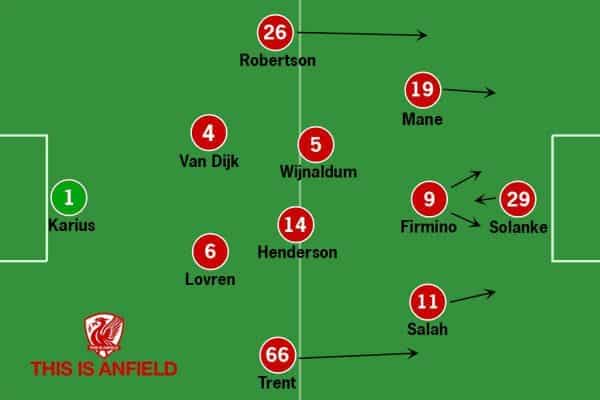
From Dortmund To Liverpool
Klopp was well known for his 4-2-3-1 formation at Borussia Dortmund, and the image of his tactics board which floated around, originally taken by journalist Mohamed Moallim, shows the system as the players and manager will see it.
At the start of this season it was considered one of a number of systems he could use to get the most from his new signings at Liverpool, as detailed here.
Though this diagram is based on his Dortmund side, it can be applied to the current Liverpool squad, and the roles can be transferred across.
The similarities between this and the formation used against Brighton are immediately apparent.

Brighton set up in their own version of the 4-2-3-1, with Beram Kayal buzzing around Jurgen Locadia, just as Roberto Firmino did around Dominic Solanke for Liverpool.
Klopp’s use of the formation reportedly came about due to an injury to James Milner, and rather than look for another way to use the players to his disposal to form the 4-3-3 he’s regularly used during his time at Anfield, he brought Solanke in for Milner and switched it up.
The 20-year-old Englishman was named the player of the tournament when England won the U20 World Cup last summer, where he often played a No 10 role.
Yet to score his first goal, the prospect of him lining up alongside Firmino, Sadio Mane, and Mohamed Salah looked like his best chance to get off the mark, and this turned out to be the case as he put in an impressive performance after a shaky start.
Salah and Firmino
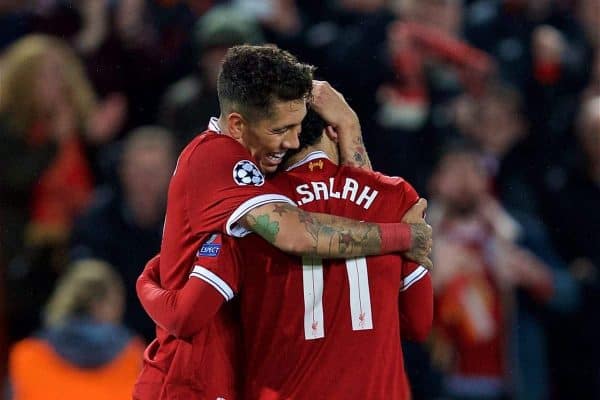
Klopp probably saw this more as an opportunity to try the formation than a forced change, and it worked well once he gave Salah a word of advice from the touchline.
Salah, like Solanke, started poorly and was unable to find the space to do his usual damage.
He was getting tight to the opposition defence, taking up positions on the defender’s toes rather than off their shoulder or in the hole. Early in the second half, Klopp called him over for a quick word of advice.
“In the game today he didn’t start well,” the Liverpool manager revealed after the game.
“I said to him ‘you are not Rondon, you can’t always try to wrestle with the opponent, you need to move,’ and he did that, and then he’s really difficult to defend.”
Salah scored shortly after, getting on the end of Solanke’s neat flick following a great piece of driving midfield play from Trent Alexander-Arnold who showed Jordan Henderson and Georginio Wijnaldum how it’s done.
The two forwards improved from then on, with Salah returning the favour for Solanke to score his first for the club in the second half.
The average positions, shown below from WhoScored, based on possessions of the ball, or touches, show Solanke regularly dropped to hold the ball up in attacking midfield positions, before returning to his striker position as the move develops.

It was similar to the role usually played by Firmino, and the fact that Mane and Salah were also playing their usual roles, means that the only real changes involved the Brazilian and his midfield.
Wijnaldum dropped slightly to form a double pivot, but his and Henderson’s roles weren’t too far removed from those they carry out in the 4-3-3 either.
Firmino is Klopp’s tactical swiss army knife and was key to this setup, starting in midfield before moving forward, rather than starting up front and dropping into midfield.

The stats show that Solanke made more key passes, and Firmino had more shots, but the Brazilian was still involved in creative play in the hole even if this didn’t show in the data. The screenshot above is a good example, as Firmino feeds the ball in to Solanke.
Future Signs
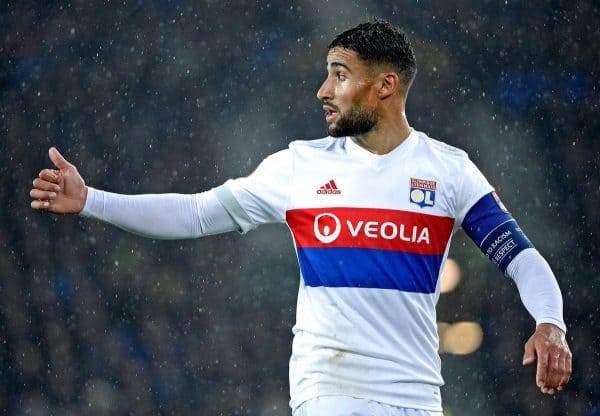
An RB Leipzig style 4-2-2-2 has been mooted as the formation which will be able to get the best out of Liverpool’s increasingly talented bunch next season, but the successful use of the 4-2-3-1 will please Klopp.
Keita could play in this formation as the more adventurous of the two No 6s, and make runs similar to that made by Alexander-Arnold in the build-up to Salah’s goal.
It was also encouraging to see the 19-year-old bustling through a midfield like this, as it’s a position he’s played at youth level and one which is considered his possible best role in the future.
As far as other potential new signings go, it solves the conundrum of where the recently linked Nabil Fekir would play, as he would be ideal in the No 10 role behind the striker.
An attacking three of Firmino, Fekir, and Salah – or FFS – could leave opponents thinking just that.
The other position being looked at by the club’s recruitment department is the deep-lying midfielder, or “No 6”. Ruben Neves and Jorginho have both been linked, and could slot nicely into most of Liverpool’s formations, including the 4-2-3-1, as shown below.
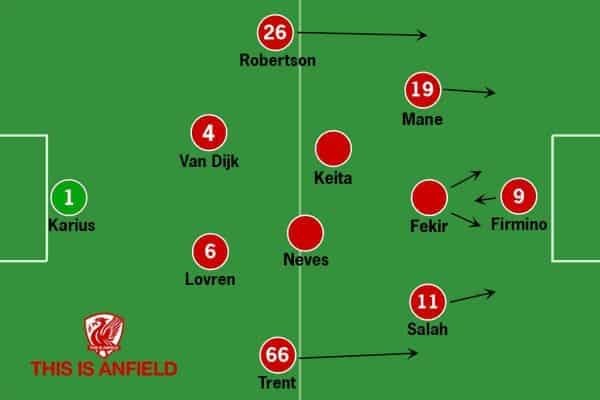
Klopp’s late-season return to his old favourite formation gave the team confidence going into the Champions League final, and gave a boost to Solanke who would have been disappointed to finish his season without a goal.
Along with the 4-3-3 and the 4-4-2/4-2-2-2 this system gives the club plenty of options ahead of next season, when they’ll hope to have upgrades in midfield to utilise it even more effectively.

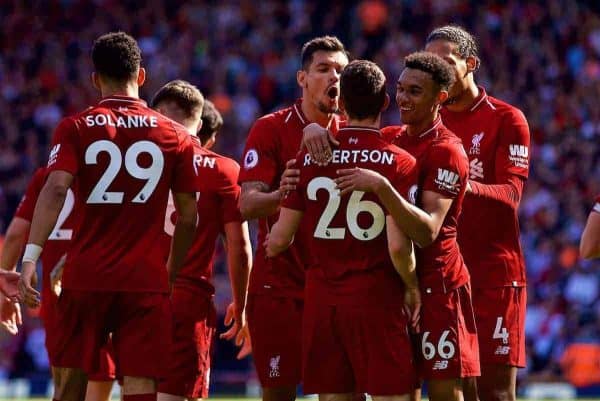


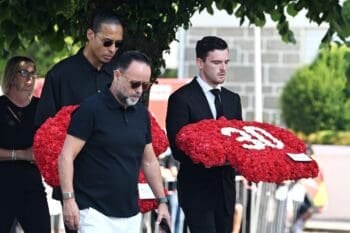
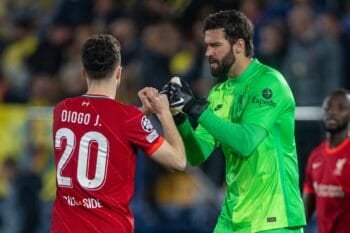
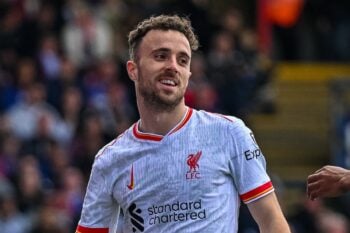
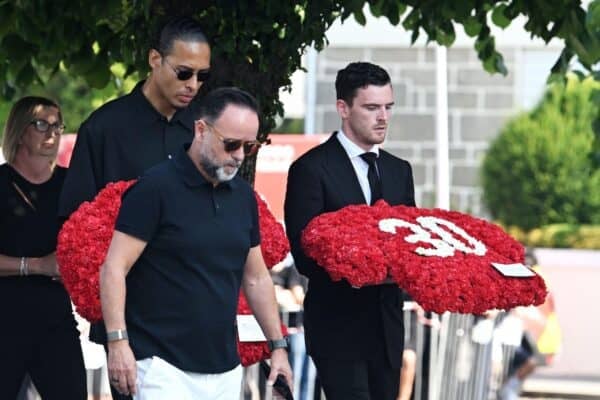
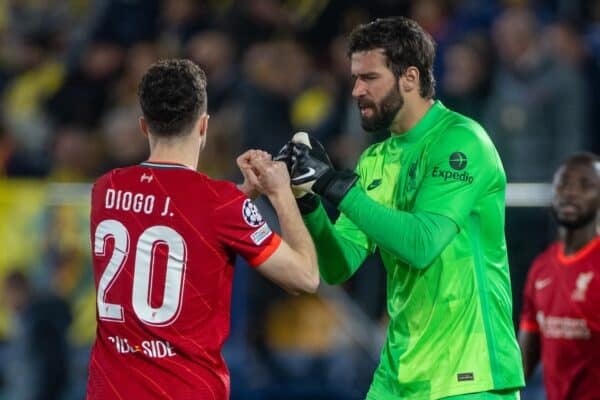
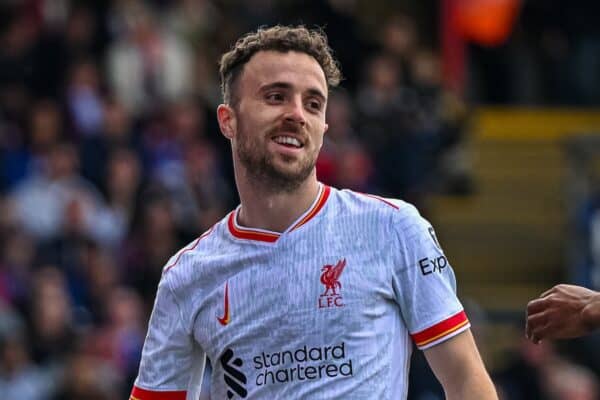
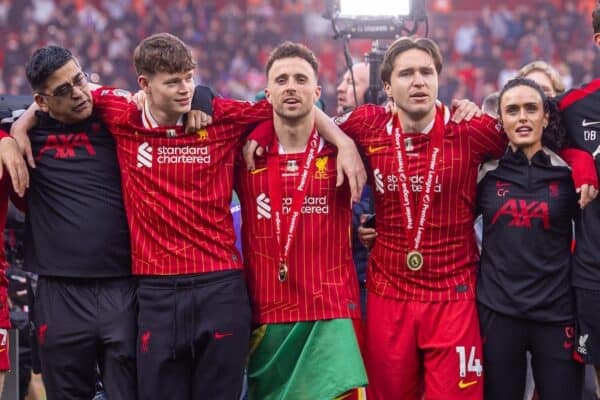
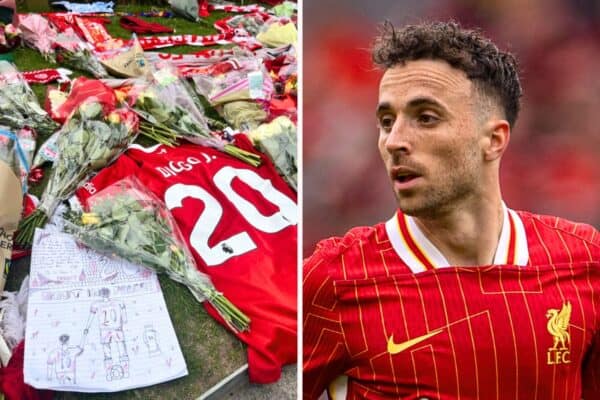

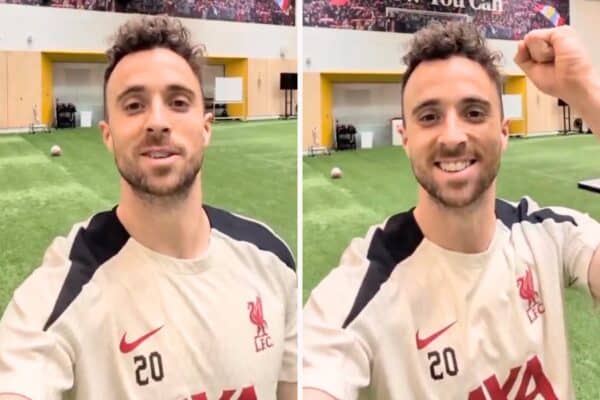
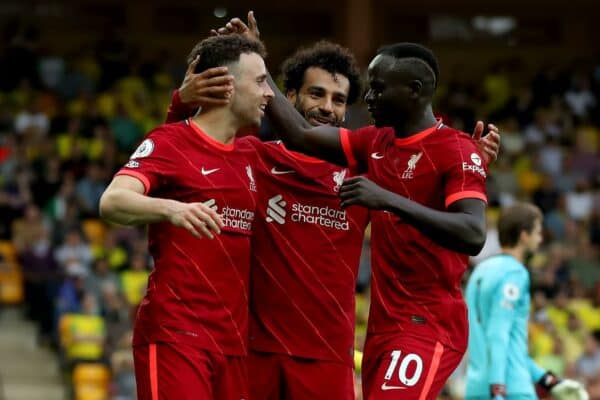



Fan Comments